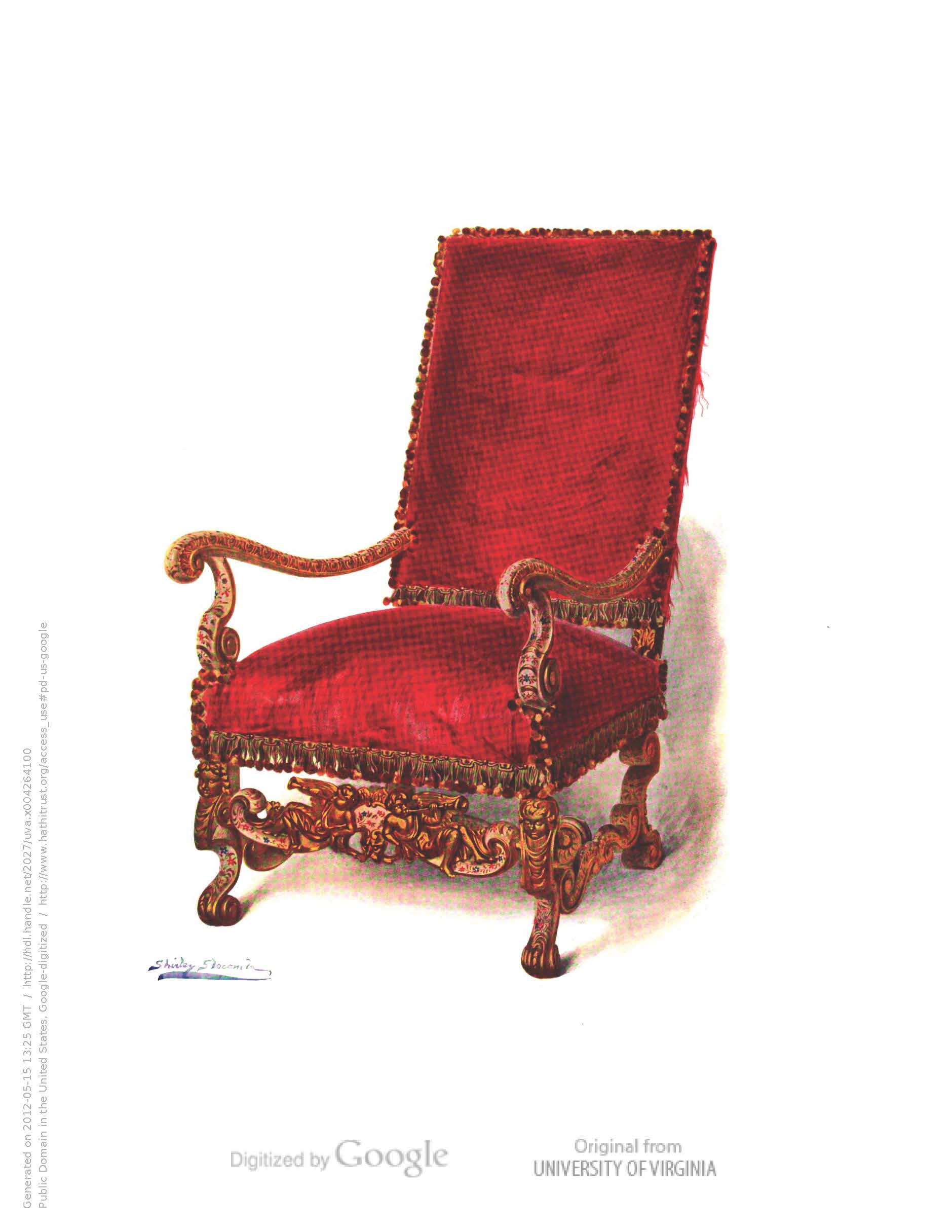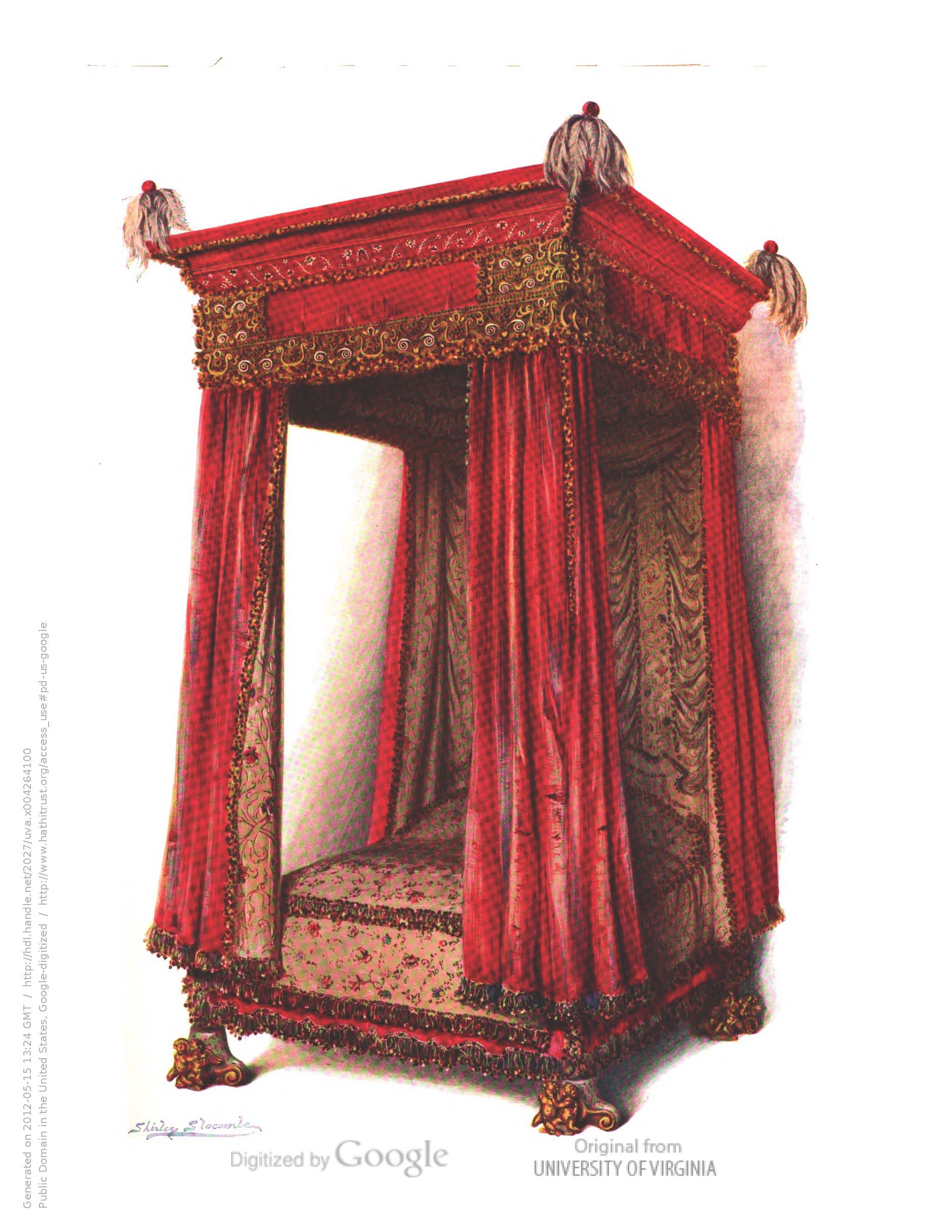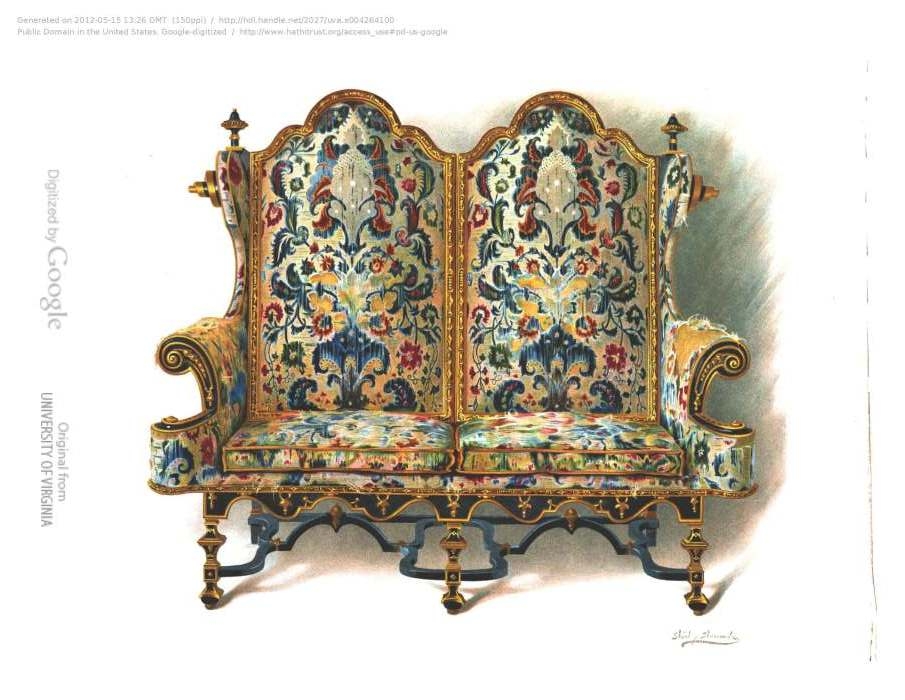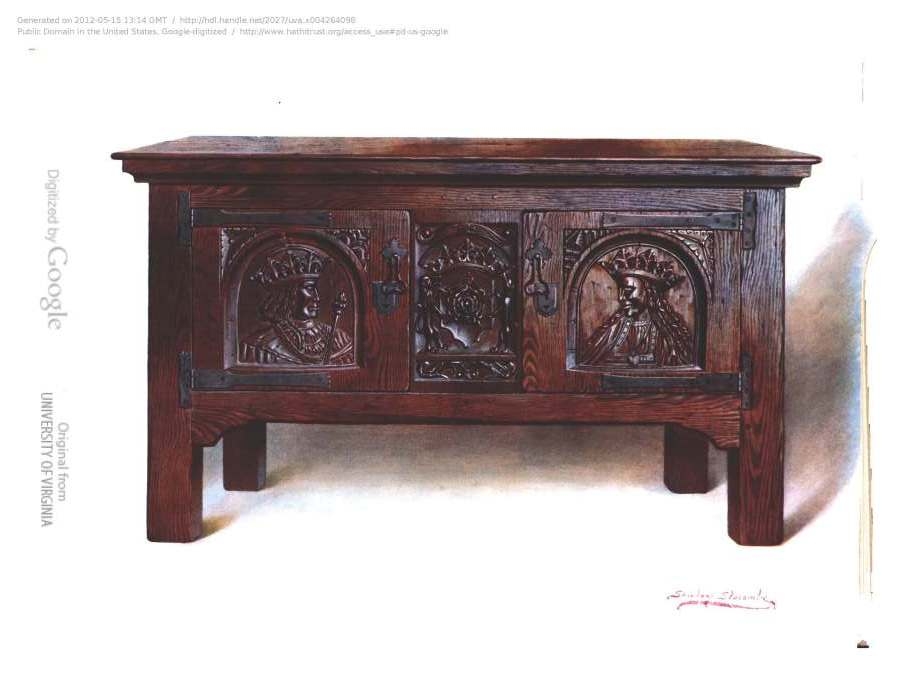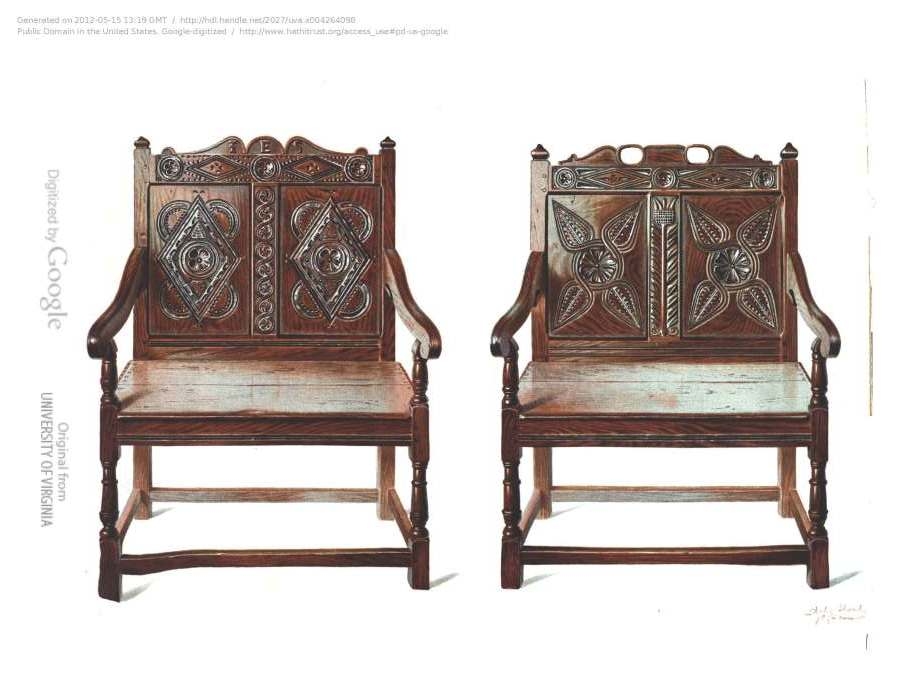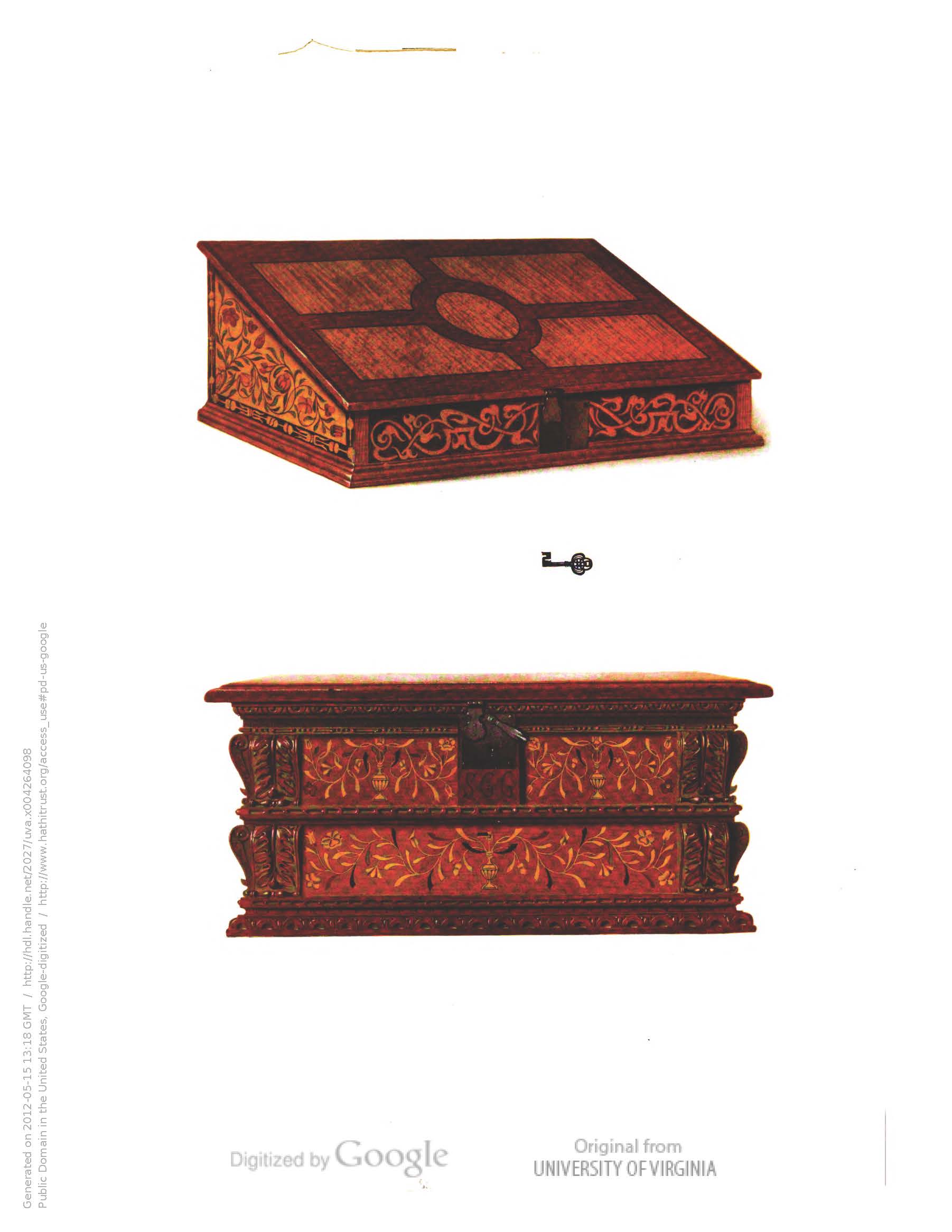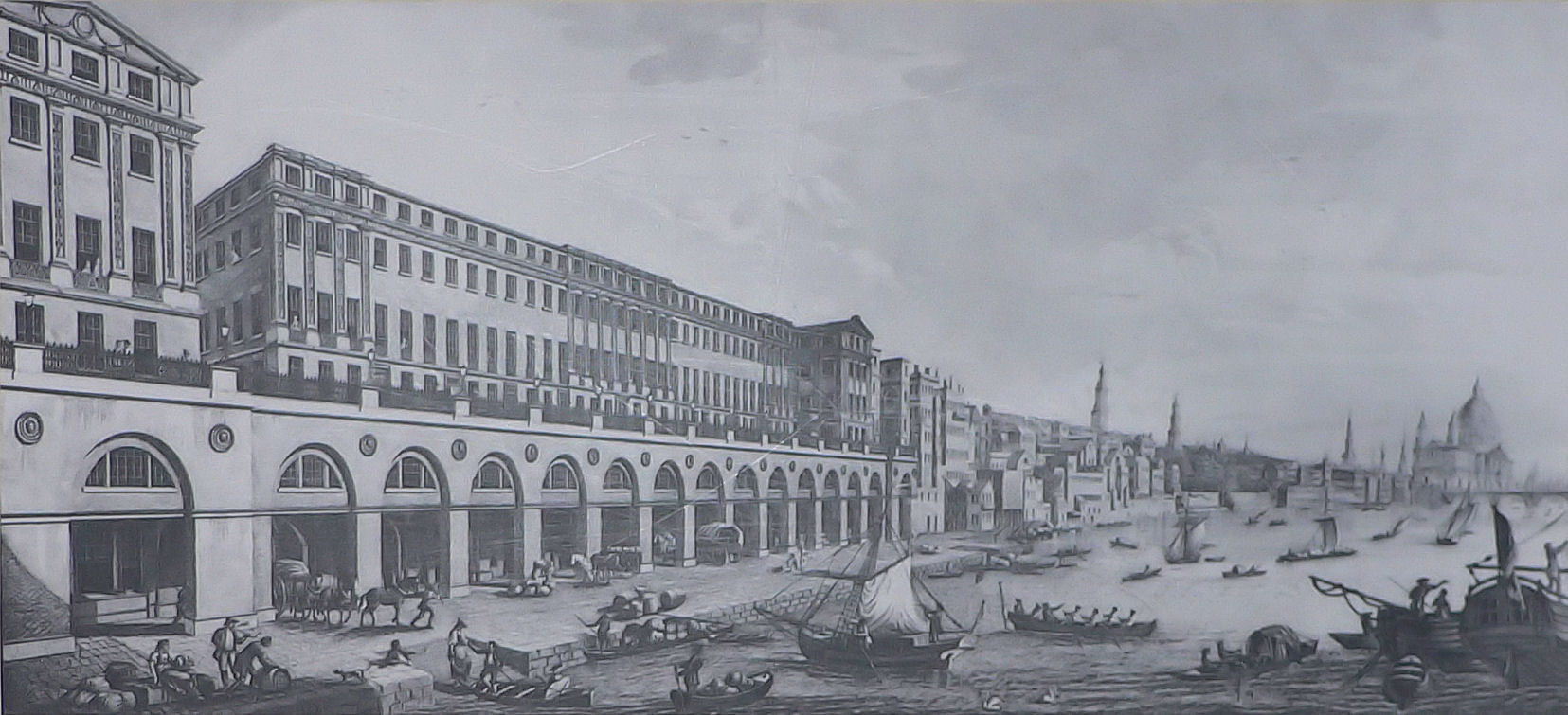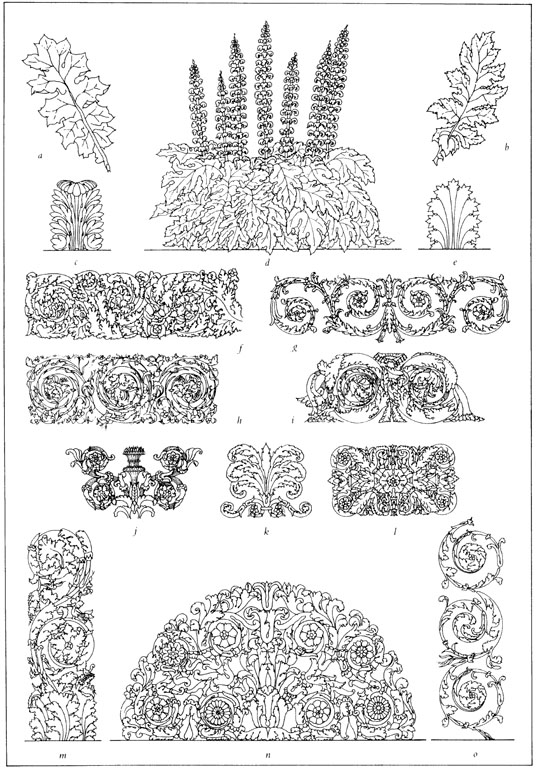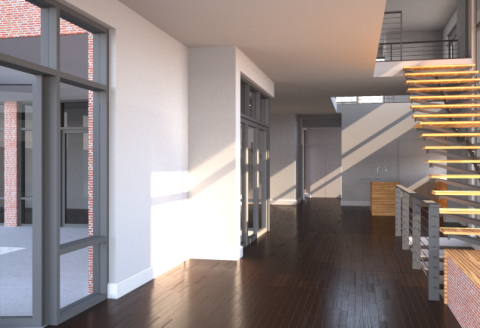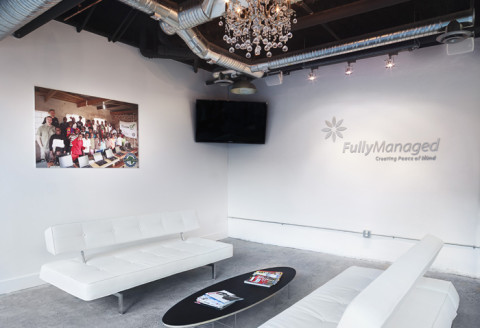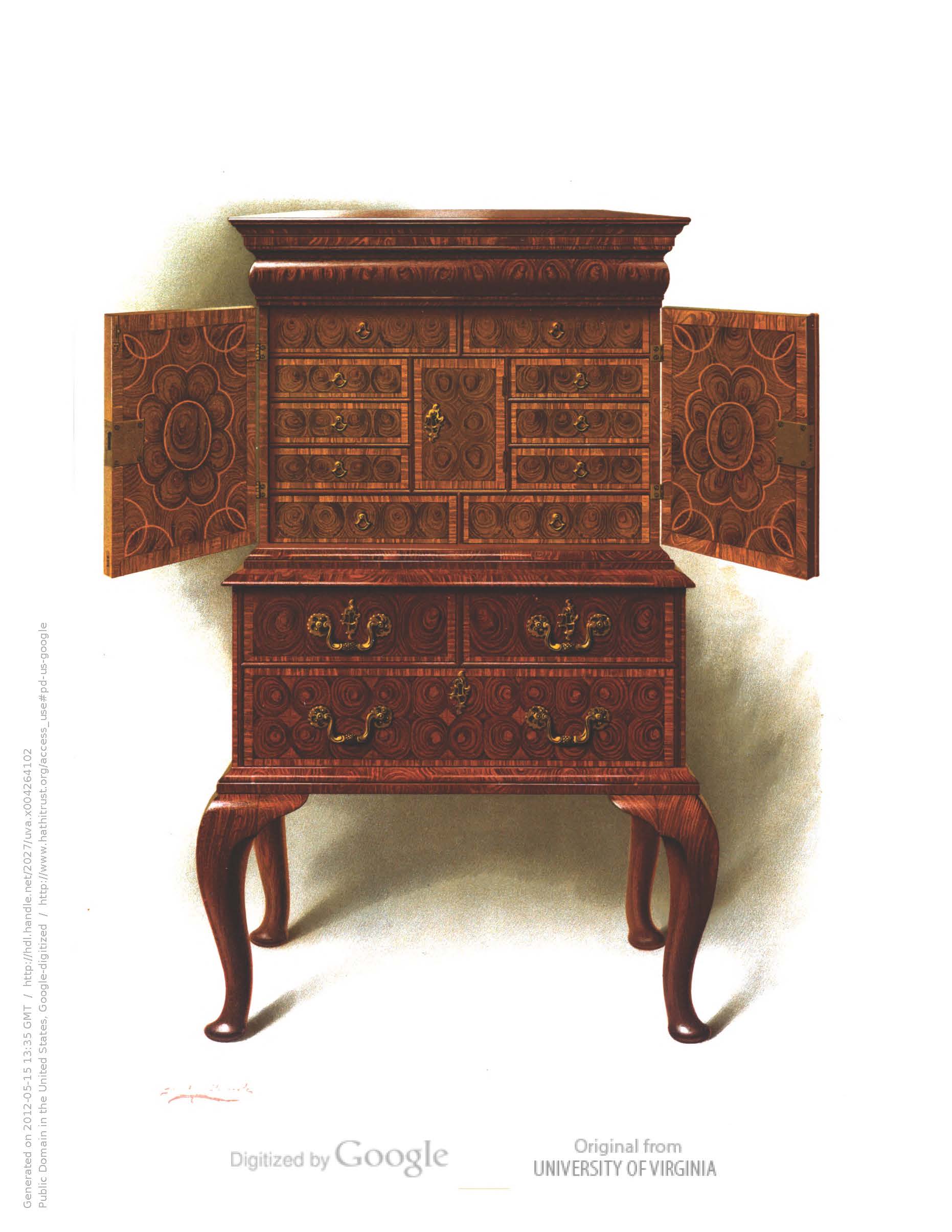
AGE OF MAHOGANY: A division of the woods used in furnitures during the prime English periods has been determined. Mahogany follows after the age of walnut and is a well known wood to most. It’s mostly recognized by it’s familiar “reddish-brown” wood. Mahogany is a very strong wood, and can be obtained in large pieces.
The age of Mahogany is specified as: 1720-1765.
- Age of Oak, 1500-1660
- Age of Walnut, 1660-1720
- Age of Satinwood, 1765-1800



Images Via The Ringling Museum Library

